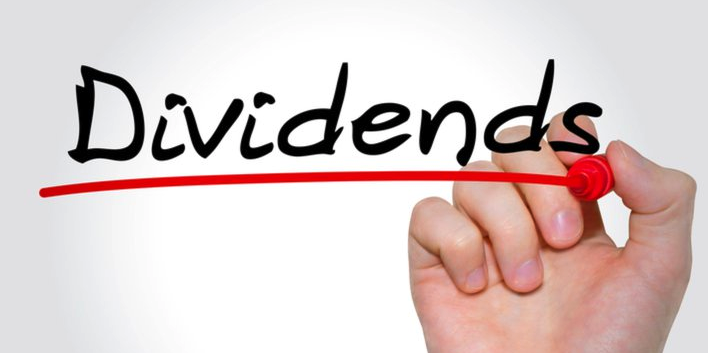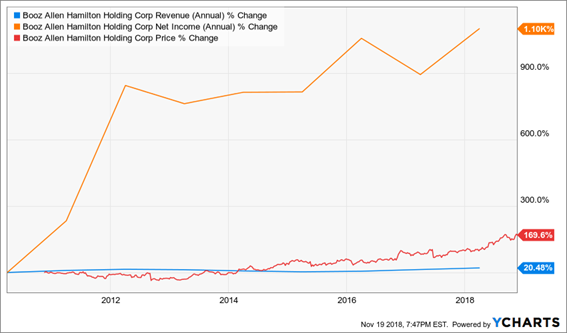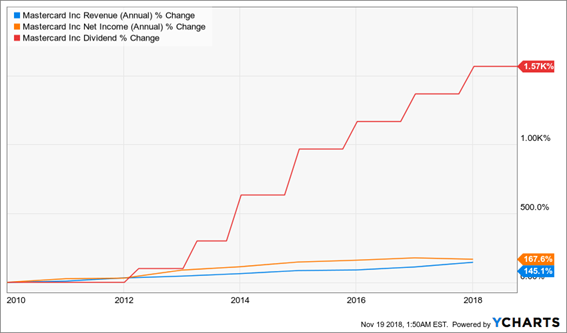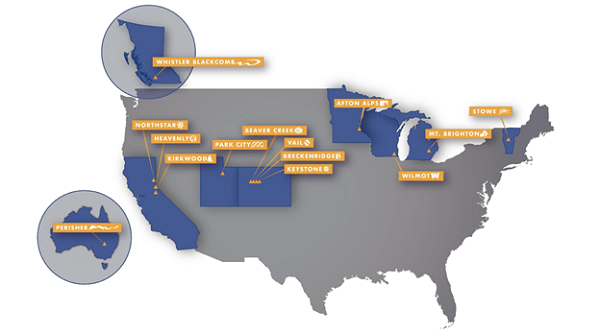As some of the tech darlings have fallen rather sharply over the past couple of months, I begin to get the inevitable questions about the wisdom of buying these market darlings.
Everyone just assumes that because I am an investor, I care about these stocks. After all, they’re the ones on the news and in the papers – the stock market equivalent of “must-see TV.” The truth is that I don’t give a rat’s furry behind about the “growth and glamour” stocks.
Why? I could never justify paying the multiples of asset value and cash flow that these stocks fetch at any given moment in time… except in the aftermath of a precipitous decline.
But are they on sale “enough” to suit my tastes or, since you’re here, move me to recommend that you spend your hard-earned ducats on them?
Let’s have a look…
Not Every Sell-Off Is a True Opportunity
But surely, my friends say, as a value investor, I must be excited because these giants have fallen in price.
How far? The slide’s been pretty steep.
During the depths of the sell-off, Facebook Inc. (NASDAQ: FB) sank as low as 40% off the highs. The great and mighty Amazon.com Inc. (NASDAQ: AMZN) was down over 25%. Netflix Inc. (NASDAQ: NFLX) became a member of the “minus 30%” club. Even Alphabet’s Google Inc. (NASDAQ: GOOG) was down almost 20%.
This is a bloodbath of historic proportions, according to the talking heads and internet geniuses. They must be a buy at these levels!
Let’s walk through some fundamental deep value, “dealmaker” math, shall we?
I buy stocks like the modern-day private equity funds, and other buyers of last resort, buy entire companies. I don’t want to pay more than seven, maybe eight times cash-flow multiples for non-financial companies, and less than the net value of the assets owned by financial companies and REITs.
The only exception to these rules is in my Heatseekers’ Rational liquidation Value Strategy where we only pay a discount to the liquidation value of the firm.
I’m an even bigger cheapskate than that.
I’m only willing to pay for what is – I wouldn’t assign a red cent of value to “forecasted” or “projected” results. The way these folks get creative with accounting? Please! Instead, I have rules, and the controls are a lot like my wife in that they must be obeyed and deviation from what is proven to work is done at great hazard to life, limb, and loot.
Let’s look at what happens when we apply that math to the Titans of Tech.
When Glitzy Tech Meets “Dealmaker Math”
Facebook has generated a cash flow of about $8 a share over the past 12 months. Using my rules, the stock is worth at most $64 a share. Even after falling almost 40% already, the stock would have to drop another 50% to get my attention.
But I also have to consider the fact that I am only going to fork over my hard-fought money for companies I really, actually want to own. Given the complete and utter clown show we’ve seen from Mark “Deer in Headlights” Zuckerberg, Sheryl “Lean In” Sandberg, and other Facebook C-suite characters in recent weeks, I’m not sure I want to own Facebook.
In fact, I could make that a new rule: When you’re considering buying a company, make sure the leadership has avoided subpoenas and command appearances in front of Congress, the British Parliament, and the European Commission to explain “where we messed up.”
Anyway, that means I am probably only going to be willing to buy the stock if the price is $56 or less.
Now let us turn to Amazon. That’s a trickier issue altogether.
I would love to own Amazon. I use Amazon pretty much every day of my life – you probably do, too. I confess, I’m a wholehearted, joyful Kindle addict. The world’s most beautiful granddaughter has her supply of toys and super-cute clothing replenished by the UPS or FedEx man almost daily, all courtesy of Amazon Prime with free two-day shipping.
I am a huge fan of the newspapers, even occasionally The Washington Post. Furthermore, I’m forever indebted to Jeff Bezos for NOT plunking a headquarters here in my backyard in Florida, what with all the traffic and housing problems that would have caused.
In fact, I like Amazon so much I am going to get really aggressive in defining cash flow to arrive at the highest possible number I can use without vomiting in my lap.
I’m going to overpay, and use a multiple of a sky-high 10 to value that cash flow. I am also going to add the per-share value of their assets to my total valuation (If I had any employees, I would fire one that did that, but I really do like this company, so I want to make the buy-below number as high as possible).
Adding all this up, with a heart full of charity and goodwill and warm, fuzzy stuff, I find… at most I’m willing to pay up to $193 for shares of Amazon.
They are around $1,600 today. This could take a while.
I am not a huge fan of Netflix (I prefer Amazon Prime and Hulu), but my wife and daughters love it.
Doing the deal math with Netflix, I find that I am willing to pay a whopping $25 for the business. A real dig into the balance sheet and income statements tells me that while it is an okay business, it is not a great one. Only bargain multiples can be justified to value the stock.
Now let’s look at Google, or as it prefers to be called, Alphabet. I have a tech friend that calls it the Evil Empire for its data collection and usage practices, and I tend to agree.
However, I didn’t flinch from buying big tobacco or defense companies when they traded at bargain levels, and I won’t hesitate if I get the chance to buy the Darth Vader of Data at the right price, either. Oooh darn, but that price is $380 or less… So I guess I won’t own evil anytime soon, with Google’s price currently over $1,000.
When Value Is on the Line, You Must Be a Hard Case
Usually, when I walk someone through this exercise, they remark that using this type of rigid valuation standard means that I won’t ever own the really great companies that tend to trade at higher valuations.
For the most part, that’s true – and for the most part, I am okay with that. And I certainly wouldn’t hold it against you if we ever met and you mentioned you owned every single one of the FAANGs.
As for me, when I can buy nut farmers, grease collection companies, and other boring businesses that multiply my money many times over in the long term, I’m as happy as an alligator with a fried chicken in its jaws.
Will I miss some exciting moves to the upside when every talking head and their sister mention the FAANGs? Maybe so. But I’ll miss all of the disastrous collapses, too.
In my mind, that’s a damn good trade.
I do not do this to be exciting. I invest to make money, and lots of it – and help a few like-minded individuals also achieve consistent profitability in their investing endeavors.
Buffett just went all-in on THIS new asset. Will you?
Buffett could see this new asset run 2,524% in 2018. And he's not the only one... Mark Cuban says "it's the most exciting thing I've ever seen." Mark Zuckerberg threw down $19 billion to get a piece... Bill Gates wagered $26 billion trying to control it...
What is it?
It's not gold, crypto or any mainstream investment. But these mega-billionaires have bet the farm it's about to be the most valuable asset on Earth. Wall Street and the financial media have no clue what's about to happen...And if you act fast, you could earn as much as 2,524% before the year is up.
Click here to find out what it is.
Source: Money Morning






